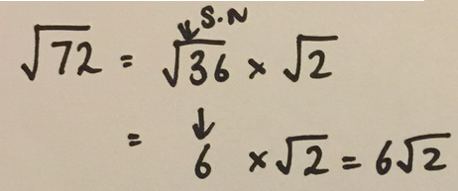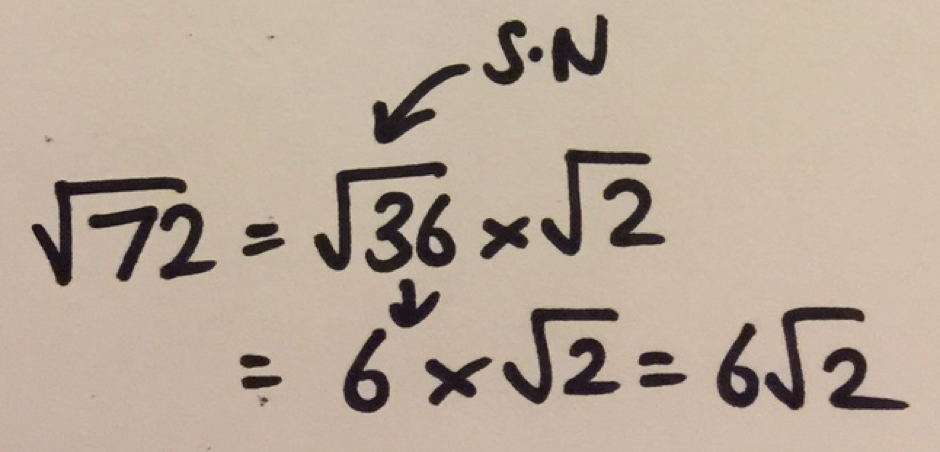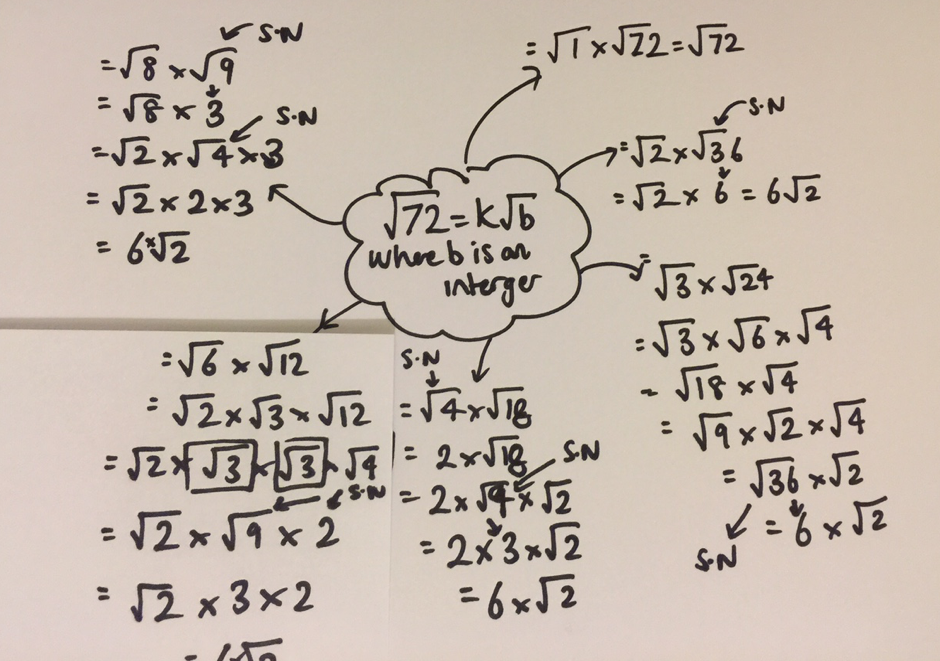I always believed that I had high academic and behaviour expectations of my pupils whilst working at my placement school in South Manchester. I was known to be strict at times because of my high expectations. I would give sanctions out to pupils who would not be giving me their 100% attention. I would insist my pupils SLANT whilst I was teaching to avoid fiddling. I would teach from the board and go through worked examples. My pupils knew how I wanted them to behave in my classroom. My pupils knew how I would behave if they were compliant or defiant. However, when I arrived at Michaela, my expectations were seen as low, and they were, and here I explain why.
At Michaela, we have 14 teachers and 6 teaching fellows where 9 members of staff are founding staff. I was observing a founding member of staff guiding and monitoring pupils to ensure that they were transitioning around school corridors in silence. I saw founding members ensuring that all pupils during assembly and class were slanting, if they weren’t then a teacher would give non verbal cues where a teacher would slant themselves and pupils would follow. I saw members of staff giving pupils demerits for not tracking them whilst they were speaking. At the same time, I saw founding members hysterically laughing with pupils during break time and lunch time when staff made witty comments about Mr Smith having luscious long locks of hair sarcastically (…Mr Smith has some hair). Pupils would be playing basketball or ping pong with teachers during lunch time. I would have pupils talking to me in the morning to greet me “Good morning Miss Rizvi, how was your evening?”
Now I look at pupils around the school and think now I know why Michaela pupils were so kind and polite. Let’s remember pupils did not come to secondary school as polite, kind or obedient as they currently are now. Pupils were trained and moulded to embody Michaela values. During our initial behaviour bootcamp, teachers taught pupils how to sit up straight in class. We taught pupils how to address a teacher. We would over exaggerate our behaviour when pupils made mistakes. For example,
“Excuse me Mr Rubbie, how dare you walk past me and not respond ‘Good Morning’ when I have wished you a pleasant morning. I am always polite to you so I expect you to always be polite to me,”
and “Zakye I am incredibly disappointed in your disingenuous apology and in you rolling your eyes when I was speaking to you! I am utterly horrified over how disrespectful you are to your teacher who works so hard for you.”
We would overexaggerate when pupils demonstrated exemplary behaviour:
“I am so proud of you Yasmine for scoring 100% in your science quiz this week, I would like to give an appreciation to Yasmine for her excellent self quizzing which resulted in her scoring 100%. We all want to be as successful as Yasmine. 1, 2 *two claps*,”
Olivia Dyer, Head of Science and Founding member of staff, said to whilst giving me feedback that “we act the anger, and feel the warmth.” Being angry and negative is emotionally draining for a teacher so we act when we over exaggerate and over justify why talking in the corridors is unacceptable. Furthermore, we are wholeheartedly loving when a child is successful and we celebrate it to make that child feel valued, and to have surrounding pupils identify the kind of behaviour they need to demonstrate to be identified as an exemplary Michaela pupil.
This gives pupils clarity on how to behave and how not to behave. We do not give leeway to different extents of behaviour. If a pupil is doing something that they are not supposed to do then we would pick them up on it, no matter how subtle. At my previous school, I would give demerits because pupils would not be tracking me whilst I was teaching. If a pupil was rude even in the most subtle way such as smirking or curling their hands I would go ballistic. Surrounding teachers thought I was crazy for it.
At Michaela, teachers have sky-high expectations of pupils and our behaviour management is consistent because we all use the same language for rewarding and sanctioning pupils.
At my previous school, there was minimal consistency in rewarding and sanctioning pupils. We did not all have the same dialogue for sanctioning or rewarding students. If I ever pulled a child aside in the corridor for being too loud or demonstrating inappropriate and unprofessional behaviour then I would hear the response “Well [insert a member of SLT’s name here] did not say anything down the corridor when I was behaving this way.” It was exhausting. I would be the teacher who was crazy or too strict because of the high expectations I did have of the children. I would be unapologetic for giving a child a detention for not having a pen with them. I had one pupil who always forgot to bring in their exam prep folder, so for two weeks I proceeded to call the pupil’s house every morning at 7:15am to ensure that their daughter would bring their folder to school so they could be more prepared for my lesson.
At Michaela, all teacher’s have unapologetic and uncompromising high expectations of each and every pupil. Even more so our expectations are even higher for the pupils with the most tragic circumstances. We cannot change a child’s tragic circumstances at home but we can control their learning circumstances at school. If anything, it is more important to have high expectations for pupils who have those tragic circumstances so they have all the potential to escape their situation using education as the engine for such mobility. I know that the sanction I give to a student for a particular issue in science would also be sanctioned three floors downstairs in MFL by another member of staff. We are incredibly consistent. And students know that too…isn’t that the dream in any school? Students do not push their limits with us.
For example, we expect all pupils to bring a pen to school, and if they do not have one then we provide them with the opportunity to rectify the issue in a way which does not impact others around them. We have a stationary shop open between 7:30 – 7:50 am just before schools starts. The onus is on the children to meet our high expectations and we are explicit with what our expectations are. We are all consistent with the dialogue we have around school when we interact with children which contributes to a consistent and strong school ethos. As teachers we have bought into what is considered as Michaela standards. We have children bought into Michaela standards too.
There are many reasons behind the success of Michaela Community School and one of them is the uncompromising high expectations that all teachers have of each and every pupil our school serves. Children respect our standards because they understand that we want the best for them. Furthermore, to be the best pupil then pupils need to meet those high standards. My standards were considered high at my placement school where teachers were inconsistent with the dialogue they used and the reasons for sanctioning pupils or rewarding pupils. At Michaela, I realised my standards were not high enough. I had to raise my expectations, and I still am, but now I could not imagine reducing them. I would be failing myself as a teacher and the pupils that I teach. High expectations are underprioritised at majority of schools where at Michaela Community School it is part of the golden triangle of success.
We know that what we are doing having our sky-high expectations is right when a pupil who I have given detention to, which I have accidently forgotten to log, goes to detention and informs Mr Miernik that he has detention and that he is here to serve it even though Mr Miernik has informed him that he hasn’t got one. Or when I get an appreciation during Family lunch “I would like to thank Ms Rizvi for coming into school today and teaching us even though she isn’t feeling 100%” or when I get a postcard from a pupil expressing their gratitude.
Our Michaela high expectations in sanctioning and rewarding pupils comes from a place where we want our pupils to be the best possible student and human being. If you want to see us Michaela teachers and pupils in action then do come and visit us during a school day. Our doors are open to all. Come and have lunch with us.





Recent Comments